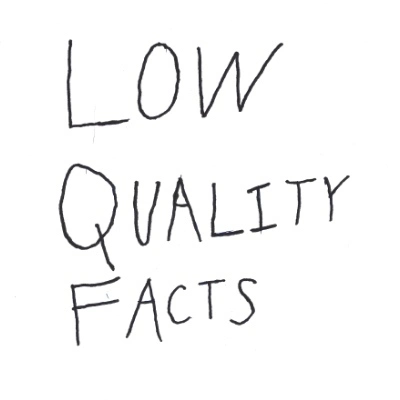

Well, they have to pay the tax just the same on the 10,000
If you pay a worker $10,000 to make a widget and sell it for $15,000, you pay taxes on $5,000, not $15,000.
If you give that worker a $5000 raise, you don’t actually earn anything, and you don’t pay taxes on that $15,000.
So what happens is that the billionaire starts counting everything he spends as an operating expense. Which is fine. Because he is spending the money, rather than taking it as profit and buying shares. Every cent he spends is a cent in the pocket of a worker, somewhere. Maybe he doesn’t pay his own workers more. Maybe he hires an advertising firm, and they make some money. Maybe he buys a car “for business purposes”, and the car manufacturer (and their workers) makes some money. Maybe he buys a private jet, or a yacht, and those manufacturers make some money. Maybe he throws a giant party, and the caterers, the DJ, the venue, and everyone else in the hospitality industry makes some money.
With a 37% top tier marginal tax rate, he can put $10,000 into the economy on products and services that he claims are business expenses, or he can take $6300 out of the economy and put it into stocks.
Wih a 91% top tier marginal tax rate, he can spend $10,000 on products and services that he says is related to business, or he can buy $900 worth of stock. Even his fraud now benefits the economy. His claim of personal expenses as business expenses still puts money into worker pockets. The victim of his fraud is the IRS, not the American public.










Ok.
Let’s start with Gaetz.